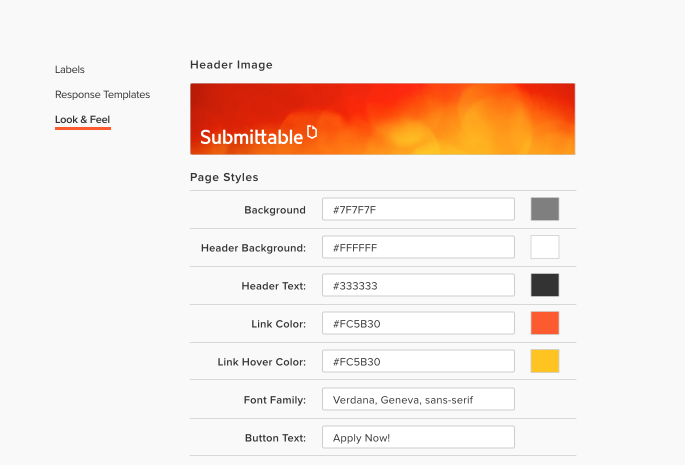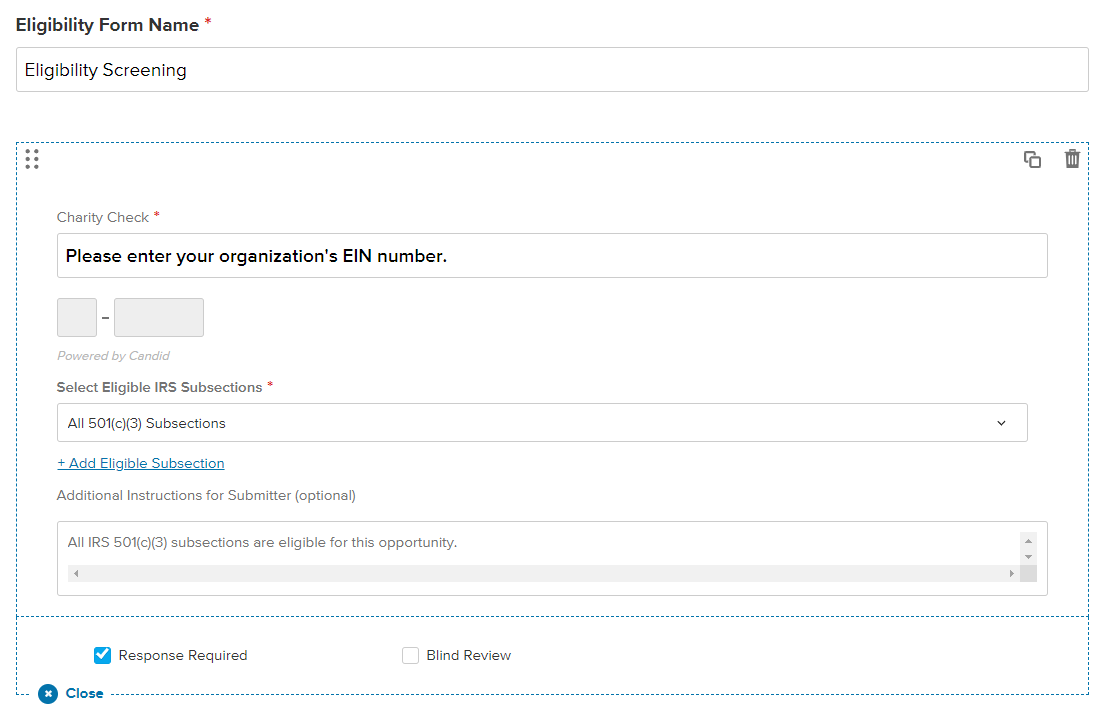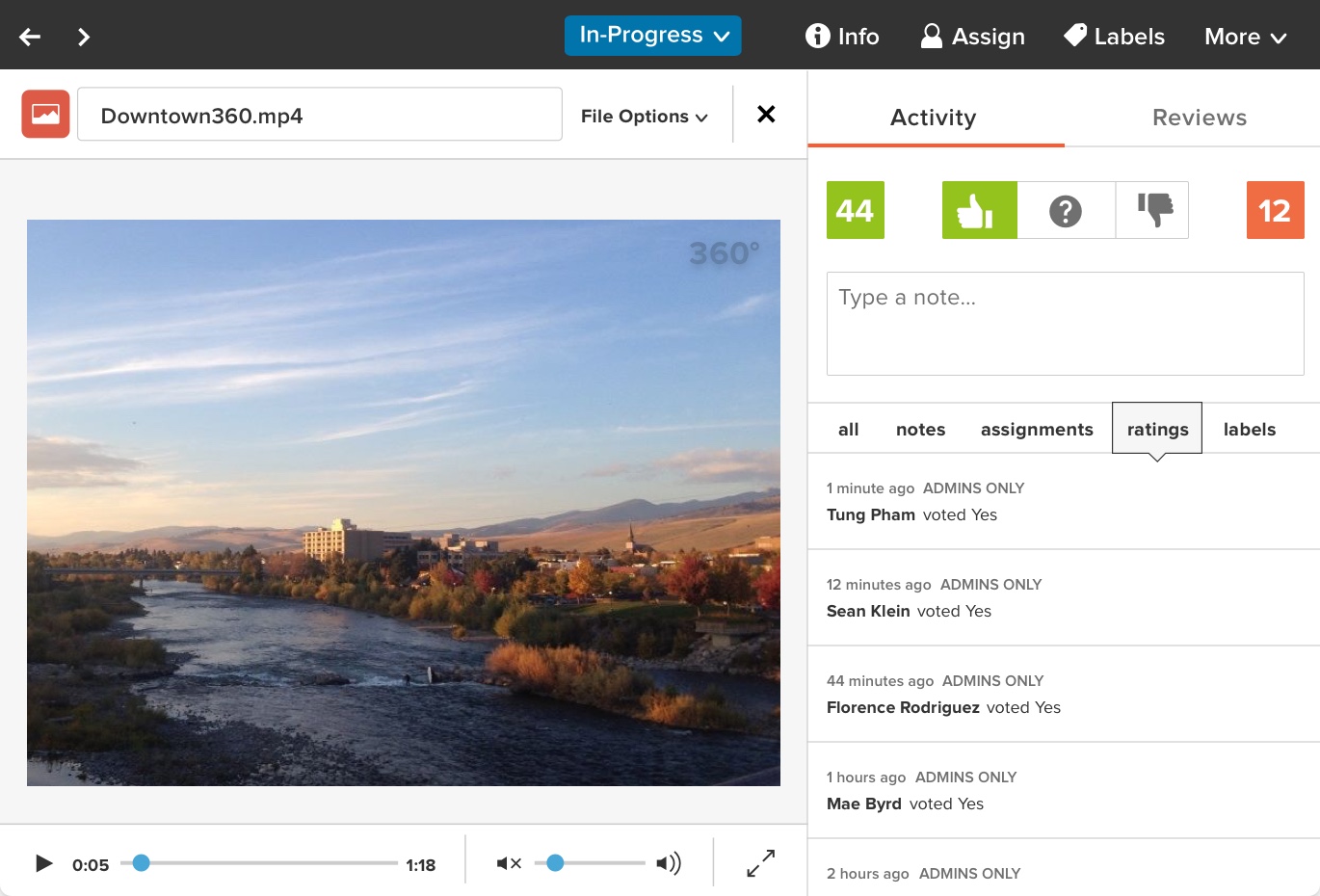First impressions are absolutely vital, whether you’re on a first date, at a big job interview, or trying to attract and impress the right grantees and nonprofits.
In the last case, grantmakers have only one chance at a first introduction, and that’s very often when grant seekers enter your grant application process. Will the moment be a heartwarming meet cute or a bucket of red flags? Will the right people and nonprofits feel a connection, or will you instead attract bad fits for your mission?
If you’re not drawing the right grant seekers in good numbers, you may benefit from auditing your process for attracting and selecting them in the first place.
Since your grant application process is the first impression many grant seekers will develop of your organization, you’ll want to put your best foot forward and make certain that everything is clean, clear and efficient.
In short, your grant application process affects the quality and quantity of your applications.
Here are a few things you can do to optimize your process at a high level:
- Get rid of any unnecessary or repetitive questions in your information requirements.
- Align the application process to the size of the actual grant.
- Set the right expectations for the size of the grant.
- Make things easier for the grant seekers wherever you can.
- Design a process that filters out unfit applicants along the way.
- Ensure that all communications are transparent and clear.
The gist here is that the best overall process for grantmakers and grant seekers is one that is streamlined and tailored to both parties’ goals. While there’s no magic solution for bringing in the right grant seekers and nonprofits, your process can help to narrow the field and attract the organizations you eventually wish to fund.

The best practices for improving grantmaking
The best grantmakers borrow. Ideas, that is.
They talk to their peers in the profession and implement the best ideas out there, all in pursuit of improving who and how they fund. Now it’s your turn to learn from the best and apply that to your grantmaking program.
Based on our years of working with grantmakers and grant applicants at Submittable, here are some tried-and-true examples of practices that have yielded strong grantmaking results.
1. Establish clear grant guidelines
The organizations you’re supporting have incredible demands on their time: these nonprofits are often working on very tight budgets to make huge impacts in their community, often with high stakes and lots of people counting on them to get the job done.
They don’t need to add deciphering your materials to their long list of to-dos. When crafting your materials:
- Do your best to avoid jargon and just go with clear, direct language.
- Spell out your organization’s philosophy around grantmaking and include a list of recent organizations you’ve funded.
- Share any specific areas you’re interested in funding this cycle.
- Also clarify areas that you won’t consider funding. This context will be helpful for grant seekers and will help filter the right people through to the application.
Your grant guidelines carry a lot of responsibilities.
Specific grant guidelines will guide (the right) applicants through your unique grant application and review processes. These guidelines will also help your board and staff make final funding decisions. They’ll also inform the general public and the broader philanthropic community about your mission and principles.
Your grant guidelines should specify:
- Areas of geographic focus
- Procedures for applying for grants
- Program areas (e.g. education, health, etc.)
- Types of grants offered (e.g. matching funds, direct grants, etc.)
- Grant reporting requirements
- Types of support offered (e.g. technical assistance, operating expenses, etc.)
- Different types of organizations supported
- Restrictions on grant funding
- Acceptance of solicited vs. unsolicited proposals
Starting grant seekers off with plenty of clear and concise information is a critical part of your grant application process.
Besides saving time and resources for your team, it can do much the same for grant seekers, making space for a deeper focus on community impact.
2. Use technology to create an intuitive, efficient process
Your technology platform should streamline the application process and put those well-thought-out grant guidelines into practice.
An effective solution will help you attract and select the right grantees by guiding them through your application process and arming your team with the information and tools needed to make the best possible funding decisions.
Many grantmakers use dedicated grant management software like Submittable to streamline and improve the process for both grantmakers and applicants.
Ball State University uses Submittable to streamline their grant management process for student and faculty projects—and have cut their administrator review time by 10% and 10 hours per week.
Montana’s Department of Commerce’s Indian Country Economic Development Program gained 3 weeks of staff time, saved $3,400 per grant cycle, and received a 20% more applications each grant cycle after deciding to streamline their process with grant software.
So, how specifically does grant management software help?
Make a good first impression
First off, know that many people do judge a book on its cover. Grant seekers will judge you on the presentation of your grant. Having an appropriate landing page for your process counts.
Submittable allows you to create branded, customized portals to give your grant application platform the exact look and feel as your other materials and website. It helps your organization make a polished, professional first impression and lets grantees know they’re in the right place.

Avoid bad matches
Next, avoid bad matches with grantees who don’t meet your requirements—before you waste anyone’s time.
Our eligibility screenings can quickly help determine if a grantee meets the grant’s requirements (such as nonprofit status), saving time for applicants and reviewers.

Streamline your application requirements
Create an application that asks for just enough information to make the right decision, but not so much information that it becomes a barrier for grantwriters.
Use a form builder like Submittable’s to quickly create and edit your application form. Make sure the tool is both intuitive and feature-rich so you can easily customize your application to your exact requirements.

Stay organized
Grantmaking produces lots of documents.
From grant applications and ongoing correspondence to grant reports and review rubrics, you can save a lot of time if you organize everything efficiently.
Therefore, an important consideration is how you accept, store, and organize all of your grant submissions and data. Anyone who has used a disorganized system full of different types of files (PDFs, images, videos, etc.) knows how painful it can make the grant review process.
By definition, using grant management software means your process and materials are all managed in one place before, during, and after the review process. In fact, many of Submittable’s features are designed around keeping grantmaking teams organized and efficient:
- Applicants can upload over 50 different file types, from simple documents to images, audio, and videos. Critically, reviewers don’t have to download files, ever, and all files stay connected to the application.
- You can send bulk and templated emails to individuals or groups, knowing that all of your correspondence with each grantee and/or nonprofit is in one central place (and not your inbox).
- Set permission levels among your reviews to keep sensitive information protected and simplify the review process.
- Use our additional form feature to collect more information from selected grantees after acceptance.
Accommodate grant seeking teams
Your management system should recognize that unlike many other types of applications, grant applications are often filled out by teams, organizations, or nonprofits, not individuals.
In Submittable, we handle this by allowing teams of potential grantees to work together to collect the needed paperwork and information for the application.
Improve application completion rates
We’ve found that improving the size and quality of your application pool is often as straightforward as increasing application completion rates. Many times, grant seekers will start an application and never complete it.
That’s why we added a feature to Submittable where you can send grantees with unfinished applications bulk reminders—thereby increasing your submission pool.
Make reviewing more efficient
A grant review process involving more than one reviewer or requiring group consensus can be unruly at best.
An effective grant management platform can make those granting decisions as straightforward as possible.
For example, in Submittable you can create a customized review process that’s as simple as a YES or NO or as thorough as a multi-round virtual discussion and rubric system. Keep all of your notes, thoughts, and votes in one place.

In spite of all these features, we try to keep Submittable simple and intuitive. We want to allow your grant seekers to focus on the quality of information that they’re providing, rather than the technology that they’re navigating. That means better, more complete applications, too.
Using technology in even one or two of the above ways can encourage efficiency and cut costs—using more can make for significant change.
It may not seem like you’re directly focused on impact when you spend effort building your grant application process, yet the more efficient you make the process, the bigger your grants’ final impact will be.
Want to streamline your grant making process?
Submittable makes it easy to accept and review grant applications in one, central place.
Try it free for 14 days.
3. Minimize requirements for grant seekers
As you’re reviewing applications, you’ll often find opportunities to streamline the application process.
In many cases, you’ll find that you over-engineered your line of questioning, asked for the same information in multiple areas, collected repetitive data at different stages of the grant process, or included certain inputs that become irrelevant when you’re comparing the grant applications side by side.
Don’t be afraid to refine your process.
Look for inefficiencies and cut them out.
- Make sure you’re not collecting information you already have on grant seekers.
- Narrow your questions to get the precise answers you’ll need to make your funding decisions.
- Be mindful of how many hours you’re asking grant seekers to put into their applications relative to the size of each grant.
Keep in mind that for every minute nonprofits are spending on filling out grant applications, that’s a minute of time that they aren’t devoting to their core mission. If you want these organizations to have an impact, you must consider their time as well as your own. It’s precious.
Plus, making the application process more efficient will likely improve your application completion rate.
4. Leverage your data to improve the process
Many funders have learned that better grantmaking in the future is the result of learning from past results.
Digging into the data and analyzing the outcomes is the first step in understanding past results to inform future action. There are even whole fields of study, such as improvement science, popping up to address this core challenge in the philanthropic community.
SPACE on Ryder Farm uses Submittable to grant fellowships to an array of artists. They use Submittable’s reports to make certain they’re hitting their goals for being inclusive and awarding opportunities to a diverse group of creators. It’s important to them that within a few clicks, they can analyze their data and ensure they’re still aligned with their mission.
Embrace the data (and what it has to tell you).
5. Ask peers and experts to review your review process
Sometimes, you just need a pair of fresh eyes.
They help you see things that you may be too close to or too invested in.
Invite peers familiar with your work or subject matter experts to take a look at your application and review processes.
Alternatively, survey the people who’ve gone through your grant process and ask them for feedback, good and bad. You can easily create surveys and questionnaires via Submittable or send out an additional form to past applications in just a few minutes.
Grant management best practices are all about efficiency for everyone
When we talk about time and resources, we’re talking about efficiency.
When we save time and effort in the grantmaking process, we can spend it on other things, ultimately maximizing your fund’s impact on the community and world.
When grantees and nonprofits save time applying to grants, they can focus on their mission more, too, also increasing impact.
No matter how many best practices you follow, you’ll never be able to realize your organization’s potential if you can’t execute on the ambitious goals that you’ve set. Focus on the areas where you can leverage tools to reduce those noise. Then crank up the signal. The result is that more nonprofits that are great fits for your grant find you, like you, and apply—and both your mission and their mission benefit, creating a better world.
